Introduction
High uric acid levels, also known as hyperuricemia, can cause serious health problems if they are not relevant. Uric acid is a natural waste product made when the body breaks the purine, some foods are in use and is produced naturally in the body. Generally, uric acid is dissolved in the blood, passes through the kidneys, and leaves the body through urine.
When a lot of uric acid is produced or the kidneys cannot eliminate it effectively, the uric acid level increases. This can lead to painful conditions such as gout, kidney stones, and long-term kidney damage.
Fortunately, lifestyle changes and dietary adjustments can play an important role in controlling uric acid. Some foods help to neutralize excess uric acid, improve renal function, and reduce the frequency of painful flares.
In this guide, we will discover 7 scientifically supported foods that can help reduce the level of low uric acid naturally, as well as why they work, how we can consume the, and other lifestyle strategies.
Understand uric acid and its risks
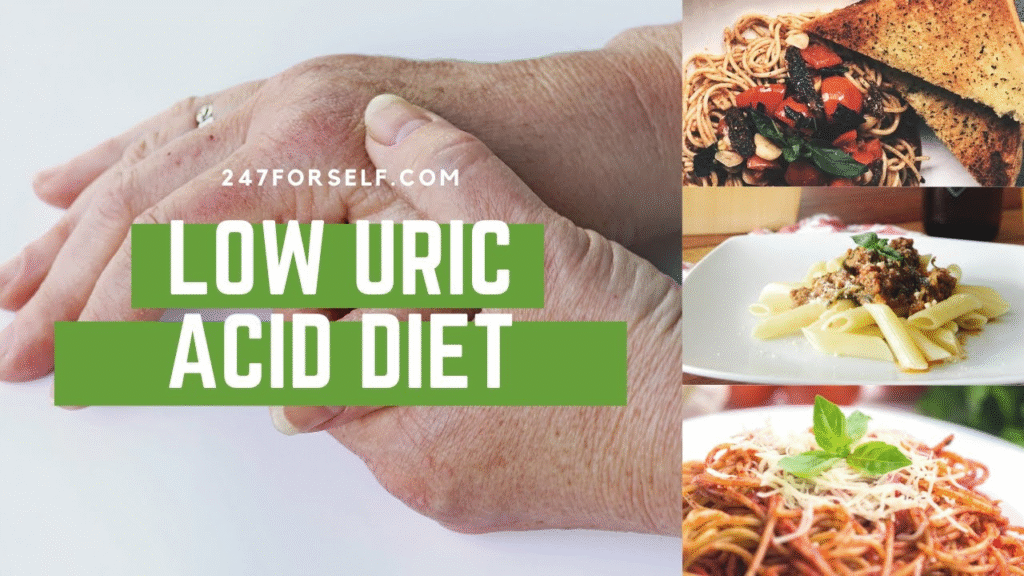
General uric acid level:
- Man: 3.4–7.0 mg/dl
- Woman: 2.4-6.0 mg/dl
- Causes of high uric acid:
- Foods containing excess purine (red meat, seafood, alcohol).
- Poor kidney function.
- Overweight and sedentary lifestyle.
- Excessive sugar, especially fructose.
- Genetics.
Risk of untreated high uric acid:
- Gout attacks with painful, swollen joints.
- Formation of uric acid crystals in the kidneys.
- Chronic kidney disease.
- The risk of metabolic disorders such as diabetes and high blood pressure increases.
7 foods that help less uric acid
1. cherry
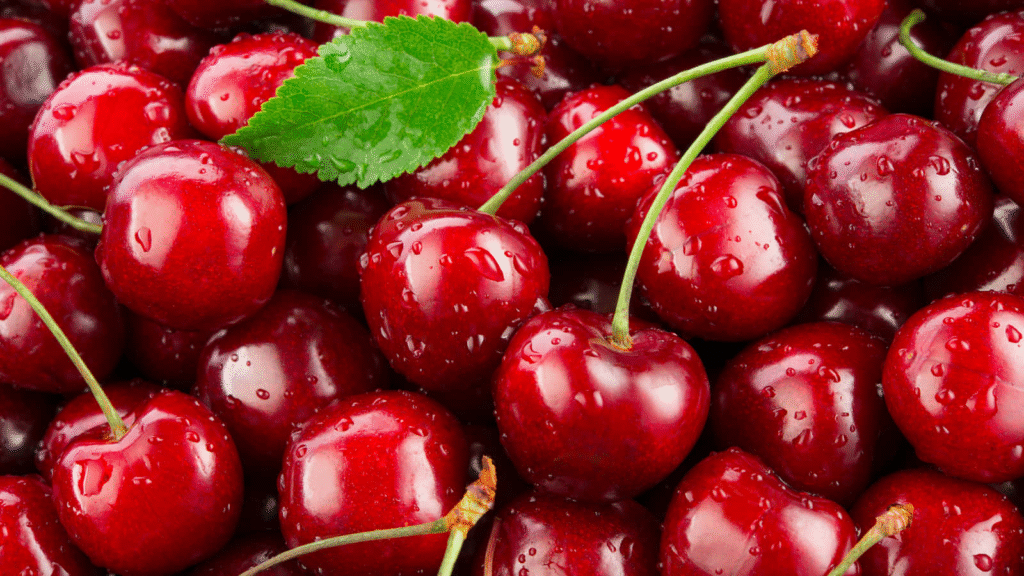
Cherries are rich in anthocyanins, antioxidants with anti -anti-inflammatory properties that help reduce uric acid and prevent gout attacks. Studies show that regular cherry consumption reduces the frequency of gout.
How to use:
- Eat a handful of fresh cherries daily.
- Drink seasoned cherry juice (without thinking) in moderation.
2. Cucumber
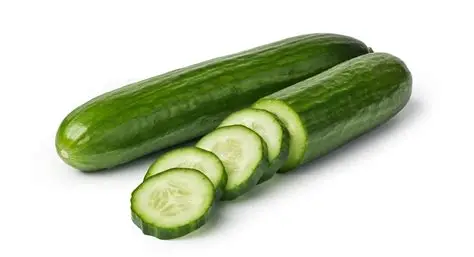
Cucumbers are moisturizing and alkaline, which helps to neutralize uric acid and improve emissions through urine. Their high water content supports kidney function.
How to use:
- Put fresh cucumber slices in the salad.
- Drink cucumber-infected water to keep you hydrated.
3. broccoli
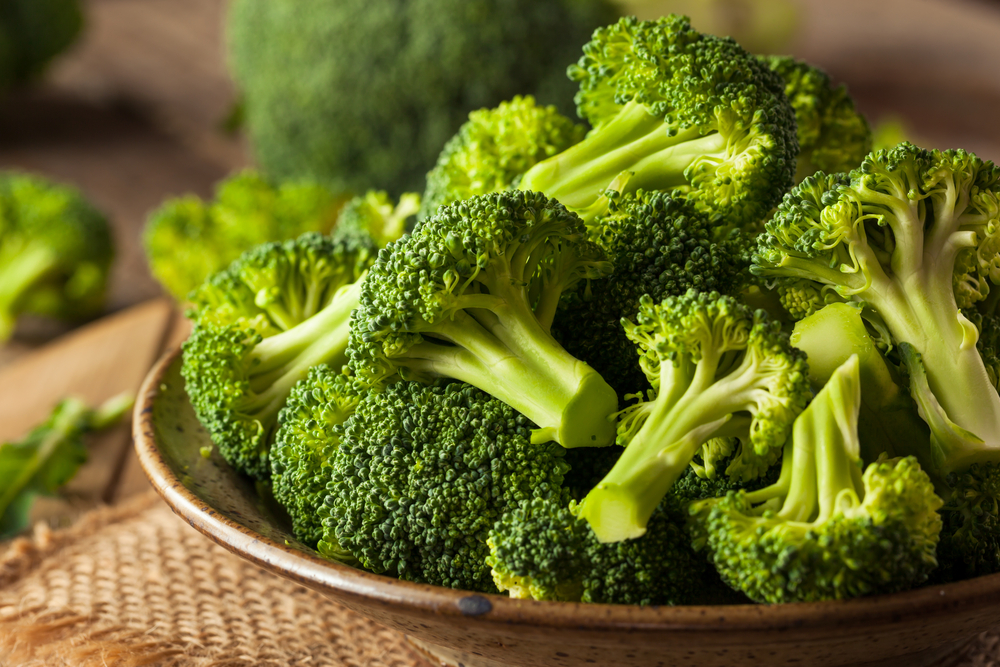
Broccoli is low in purine and is rich in vitamin C, which increases the excretion of uric acid. Antioxidants also reduce inflammation of the joints.
How to use:
- To preserve nutrients, provide light steam.
- Include a weekly 3-4 times in a stir or soup.
4. orange (and other sour fruit)
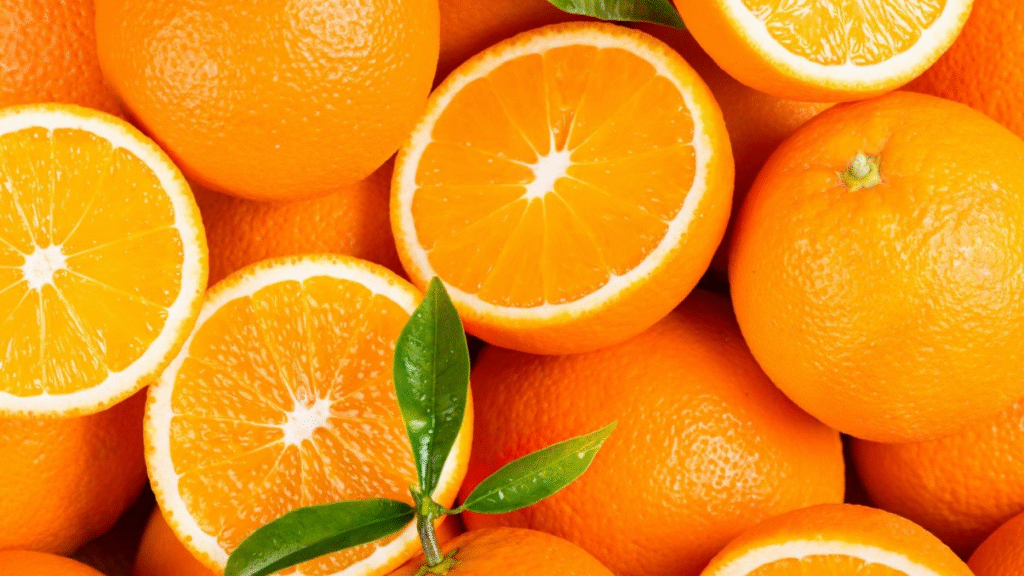
Citrus fruits are packed with vitamin C, which helps to reduce uric acid levels by increasing the removal of the kidneys. They also reduce oxidative stress.
How to use:
- Drink fresh orange or lemon juice without sugar.
- Eat a whole citrus fruit daily.
5. And strawberries and berries
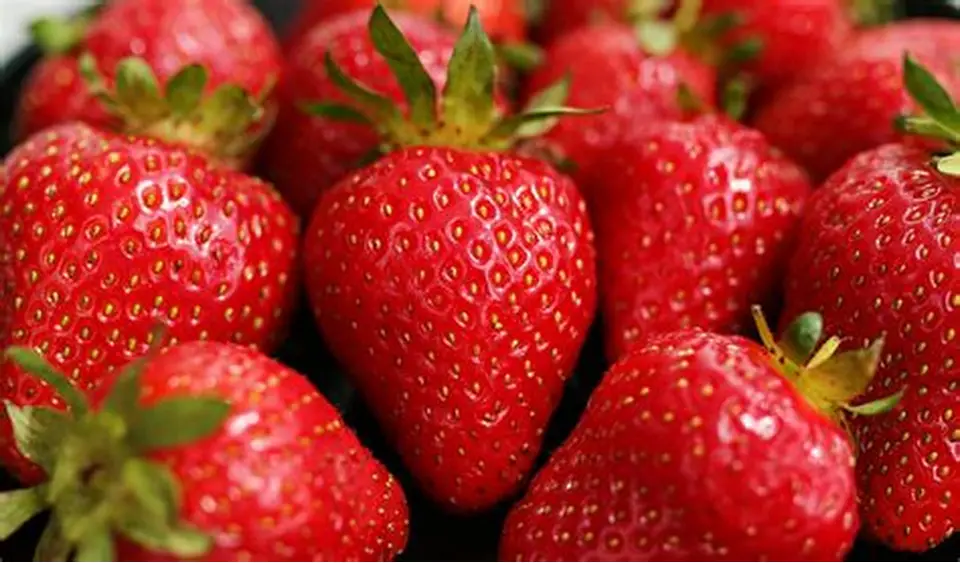
Like cherries, strawberries, and other berries are rich in antioxidants and vitamin C. They fight inflammation and reduce uric acid buildup.
How to use:
- Eat a bowl of berries mixed in the form of a snack.
- Mix in a smoothie with low-fat yogurt.
6. Carrot
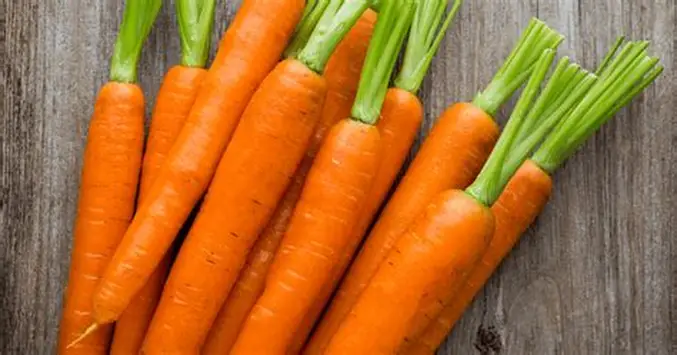
Carrots contain fiber and antioxidants that improve metabolism and low uric acid production. Their alkaline effects help maintain healthy blood chemistry.
How to use:
- Eat raw carrots in the form of snacks.
- Add soup, stew, or vegetable juice.
7. Sellerifrø
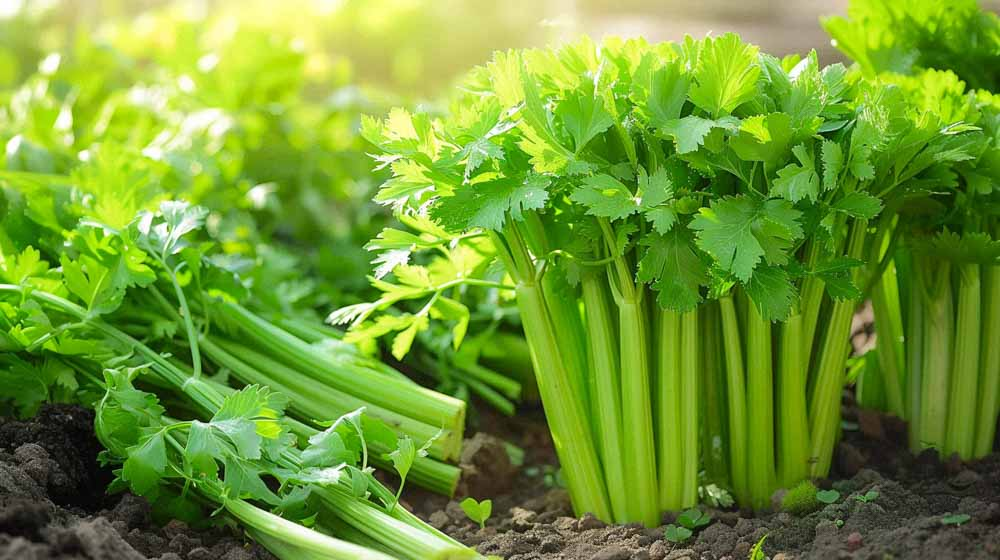
Sellerifrø is a natural remedy in Ayurveda and a herbal medicine for a reduction in uric acid. They act as a diuretic and help remove toxins and uric acid.
How to use:
- Drink celery seed tea once daily.
- Use celery seeds as cooking spices.
Additional dietary and lifestyle tips
- With these 7 foods, you can better handle uric acid:
- Drink 2-3 liters of water daily.
- Purine-rich foods limit (red meat, organ meat, ankoviz, shellfish).
- Avoid sugar drinks and alcohol (especially beer).
- Maintain a healthy weight.
- Exercise regularly to improve circulation and metabolism.
Food to avoid high uric acid
If you are struggling with Hyperuricemia, it is important to know what to eat.
- Food with high purine: red meat, organ meat, sardine, mackerel, shellfish.
- Aromatic drinks: soda, fruit juice with added sugar.
- Alcohol: Especially beer and spirits, which increase uric acid.
- Treated food: Food with fast food, fried snacks, and high salt.
Conclusion
High uric acid is a growing health problem, but it can be naturally controlled with the right food and lifestyle habits. 7 Foods – cheris, cucumbers, broccoli, citrus fruits, berries, carrots, and celery frozen – when it is stronger to reduce uric acid levels, support kidney function, and prevent painful gout attacks.
By combining these foods with a balanced diet, hygiene, and exercise, you can significantly reduce the risk associated with heart disease. Although food alone cannot replace medical treatment, it provides a strong base for long-term welfare.
Therefore, if you struggle with high uric acid, these 7 foods are regular and part of the adventure benefits.
FAQs:
Can diet alone lower uric acid levels permanently?
Diet plays a major role, but may not permanently normalize uric acid; medical advice is essential for severe hyperuricemia cases.
How quickly do cherries reduce uric acid symptoms?
Cherries may reduce inflammation and symptoms within days, but consistent consumption is needed for long-term gout prevention and uric acid control.
Are high-protein diets bad for uric acid levels?
Yes, animal protein-rich diets increase purine intake, raising uric acid. Plant-based proteins are safer alternatives for uric acid management.
Can dehydration cause uric acid levels to rise?
Yes, dehydration reduces kidney efficiency, leading to poor uric acid excretion and increased risk of gout flare-ups or kidney stones.
Hi, I’m veda, a professional health content writer and passionate wellness advocate at HealthTipsIndia.com
. With years of experience in writing evidence-based, reader-friendly articles, I specialize in creating content that empowers people to live healthier, more balanced lives. Whether it’s nutrition, fitness, natural remedies, or preventive healthcare, I translate complex medical concepts into actionable tips tailored for the Indian lifestyle. My goal? To make trustworthy health information accessible to everyone—one article at a time.

